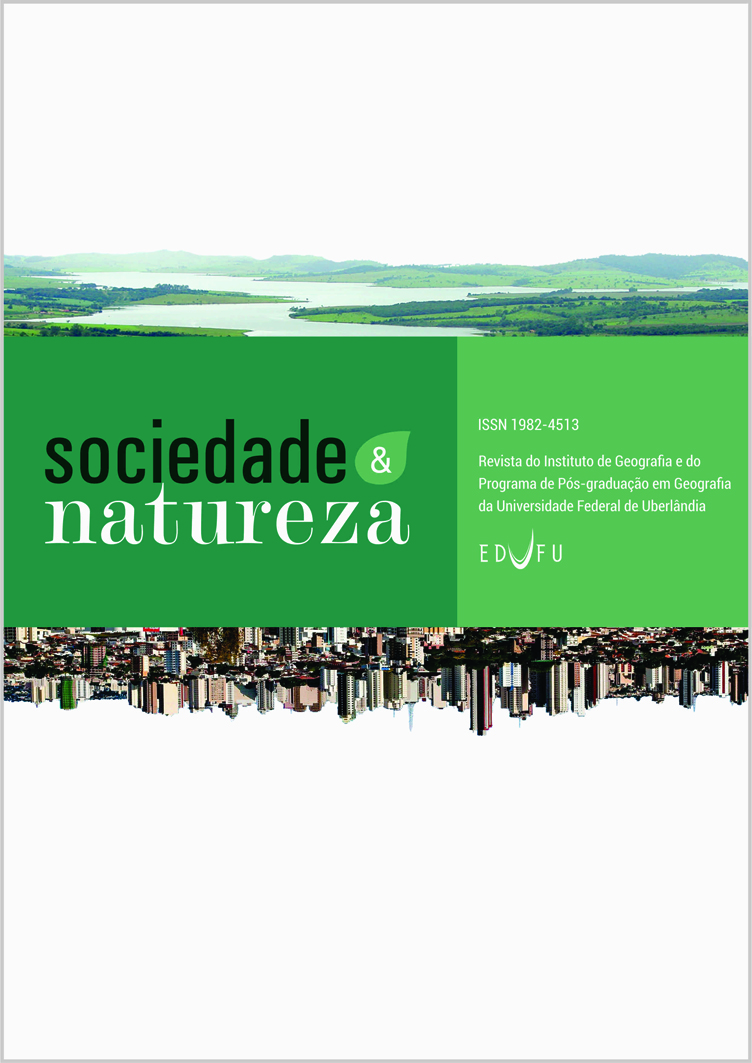Abstract
2009, it was implemented a trilateral cooperation program among Mozambique, Brazil and Japan called ProSAVANA in the northern region of Mozambique (Nacala Corridor). The objectives of this study are: to characterize the conditions of precipitation, topography and soils of this region; and to analyze the potential of this region for agricultural expansion, based on the model used for the Brazilian Cerrado. The basic materials were the rainfall data derived from the Tropical Rainfall Measuring Mission (TRMM), the digital elevation model obtained by the Shuttle Radar Topography Mission (SRTM) and the soil texture data obtained from literature. Criteria used to identify potential areas of agricultural expansion in the Nacala Corridor were: slope ≤ 12%; and clayey or clay loamy soil textures. Approximately 82%, 94% and 71% of the study area presented rainfall >1,000 mm, slope ≤ 12% and clayey or clay loamy soil textures, respectively. The potential area for agricultural expansion in the Nacala corridor was ~ 4.6 million hectares. However, intensive agricultural occupation of this area needs to consider other aspects such as water pollution by chemical fertilizers, improvement of the human development index of local people and government regulations regarding the land use and land occupation in Mozambique.Authors hold the Copyright for articles published in this journal, and the journal holds the right for first publication. Because they appear in a public access journal, articles are licensed under Creative Commons Attribution (BY), which permits unrestricted use, distribution, and reproduction in any medium, provided the original work is properly cited.
Downloads
Download data is not yet available.

